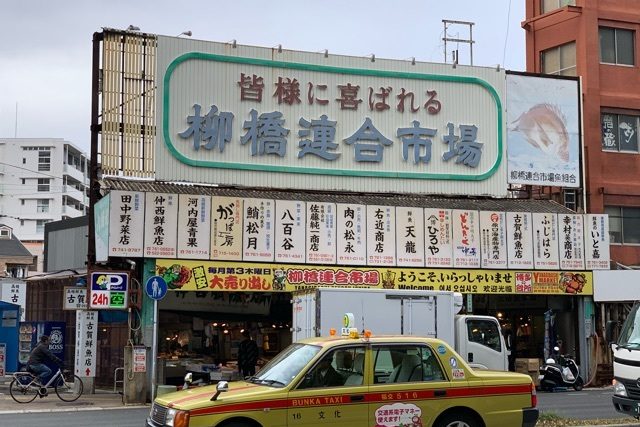FYI, I also wanted to have tempura, Japanese-style fritters, but I stopped myself because it was before payday lol
Anyway, what a great value for the price! If you have the same meal in Fukuoka’s downtown such as Hakata or Tenjin, it will cost at least 1,000 JPY (approx. 9 USD). Fresh and cheap, this is the best.
KaisendonIt is fun to guess what kind of fish they are while eating.
Most of the kaisendon are not seasoned, so people usually pour soy source. A green paste on kaisendon is called wasabi, grated Japanese horseradish. This is a spicy condiment often served with sushi or sashimi, so better to put aside if you are not good at it.
The stewed fish ara has gotten soaked in its sauce well and has a rich flavor which goes well with steamed rice. We, Japanese people, are sometimes taught by parents or teachers to eat fish’s eyes because it is believed that they make us smart (is this only in my region?). However, I can’t eat them… because I feel awkward when my eyes meet theirs. lol
